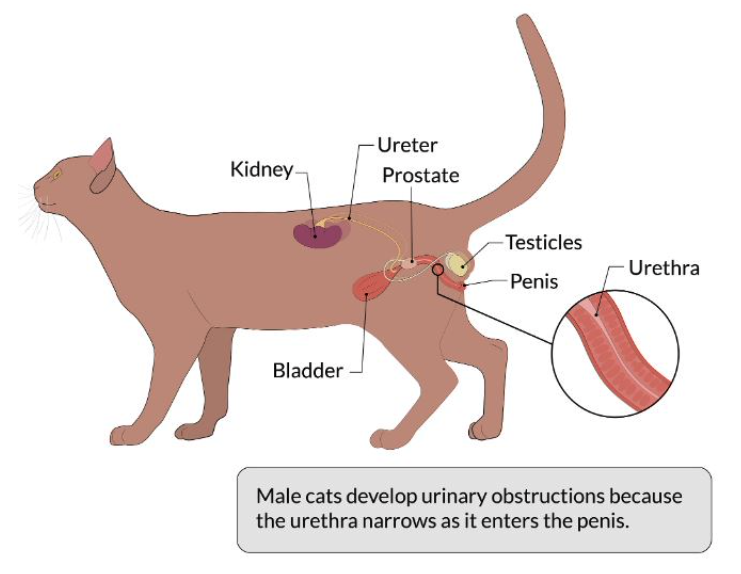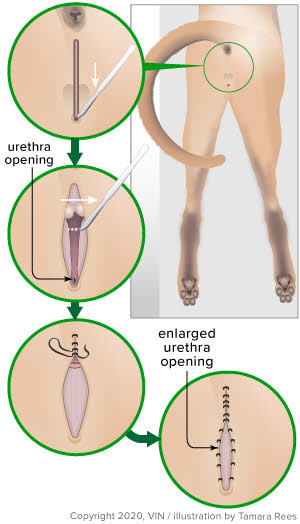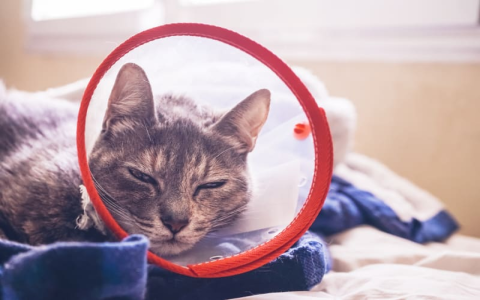My Experience with the Perineal Urethrostomy Procedure in Cats
Okay, so let’s talk about doing a perineal urethrostomy, or PU, on cats. I’ve done a few of these now, mostly on male cats who keep getting blocked. It’s a pretty common thing you see, poor guys straining and nothing coming out. Real emergency.
Getting Started

First up, the cat needs to be completely knocked out. Good, stable anesthesia is super important. You don’t want any surprises. Once he’s under, we get him positioned. Usually, it’s on his back with his hind legs pulled forward, or sometimes sternal with the tail pulled over the back. You need a really clear view of the area.
Then comes the shaving. You gotta shave a really wide area around the perineum – basically, the whole zone under the tail, around the scrotum and prepuce. Get it nice and clean. Then scrub it down well, surgical prep style. Sterile drapes go on next to keep everything clean.
The Actual Work
Alright, the cutting part. I usually start with an elliptical incision around the scrotum and prepuce. You take those out. Then you gotta carefully dissect down through the tissue. There are muscles and nerves back there, so you need to be mindful of where you’re cutting. The goal is to expose the penis and the urethra inside it.
- Careful dissection is key. Lots of little blood vessels.
- Identify the ischiocavernosus muscles and cut them to free things up.
- Locate the retractor penis muscle – gotta separate that off the urethra.
Once you’ve got the penis exteriorized enough, you find the urethra itself. I usually place a catheter first, helps identify it and gives some structure. Then, you have to make a precise cut along the top surface of the urethra, opening it lengthwise. You need to go back far enough to where the urethra is wider, past the narrow part in the penis that causes the blockage problems. This is probably the most critical part – getting a nice, clean opening into the wider pelvic urethra.
Stitching It Up
Now the stitching. This takes time and patience. You have to suture the edges of that opened urethra directly to the skin edges. Lots of small, fine stitches. The idea is to create a new, permanent opening that’s wider than the original one. It should look more like a female cat’s opening when you’re done.

Finishing Touches
Clean everything up really well. Sometimes I leave the catheter in for a bit, sometimes not, depends on the case. The most important thing post-op? The cone of shame! Absolutely essential. They will want to lick back there, and that can ruin the whole surgery site. Gotta keep it clean and prevent self-trauma.
Then it’s about watching them closely. Making sure they can pee through the new opening, monitoring for bleeding or swelling, and managing pain. It’s a significant surgery, but when you have a cat that blocks repeatedly, it can honestly be a lifesaver. Seeing them finally able to pee without pain makes the whole process worthwhile.






